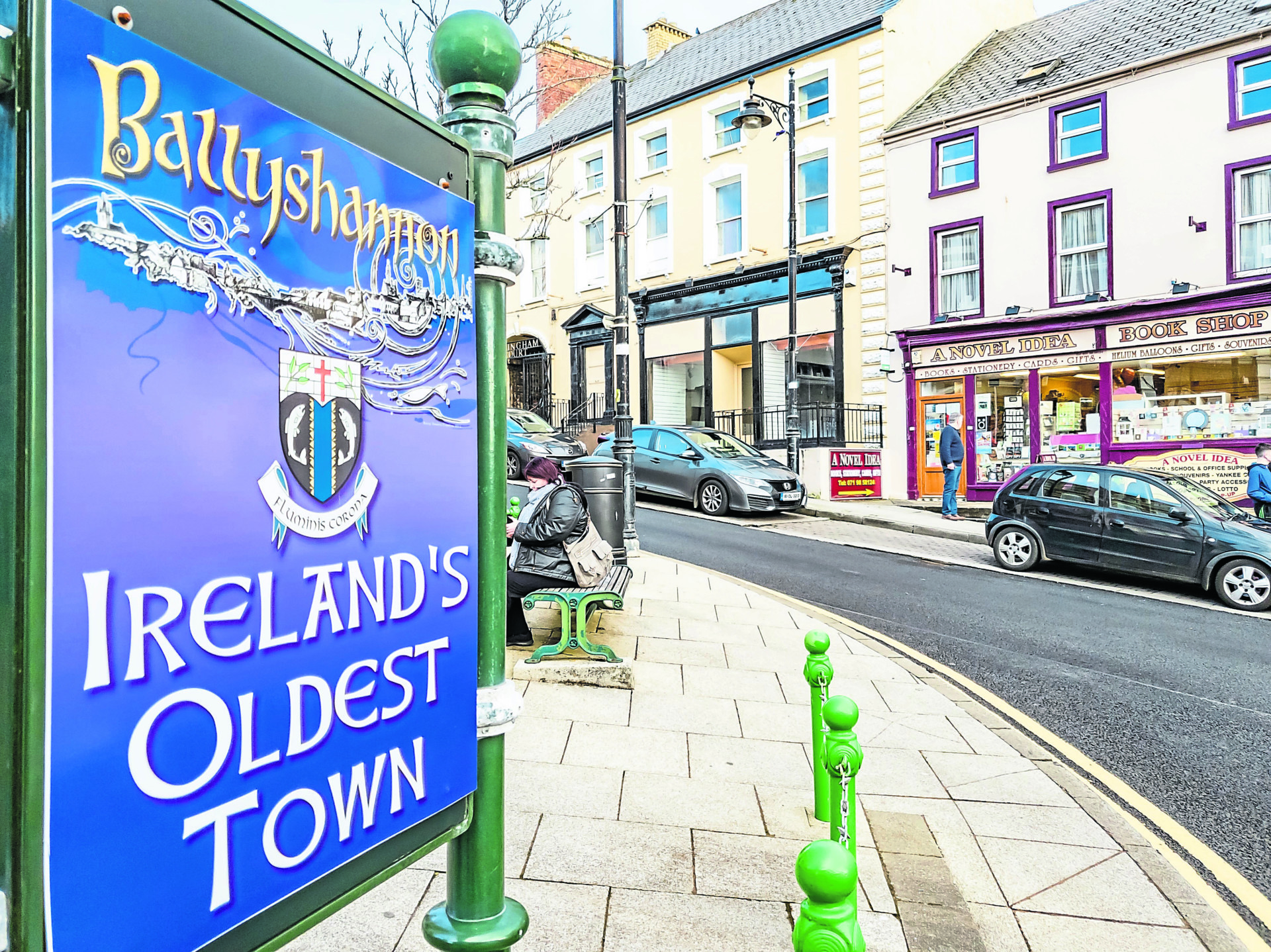Maybe I’m not in key with the collective consciousness of the country, but I have a feeling that the whole adult population of Ireland has heard of the legendary Rory Gallagher Festival by now. Surely, right?
But, then again, it is never safe to assume, nor can you can ever be too careful.
So, exercising due caution, here is a brief history of the Rory G’ Fest’, for those of you who have been living under a rock (‘n’ roll) for the last 20 years.
The Rory Gallagher Festival is a weekend of blues and rock music – more or less – held in Ballyshannon every summer to celebrate a man who history remembers as one of the greatest guitarists to ever pick up the instrument.
The festival is held in the town where Rory was born, and many believe it to be the one weekend of the year when the otherwise sleepy Ballyshannon is jolted from its slumber. This, however, is a misconception.
Because there is also a lesser-known festival in Ballyshannon during the summer: one which is partially hidden in the shadow cast by Rory’s immortal legacy.
About a month after the blues crew depart from the Rory G Fest, a different, crustier crowd assail Ireland’s oldest town (which Ballyshannon, credibly, claims to be).
Those who traditionally attend the Ballyshannon Folk Festival tend to be equally as hairy as the rockers of July, and, in my personal experience, just as mad for the pints and craic.
In fact, the discerning observer will notice that, changing their leather jackets for their aran jumpers, many of the same people attend both the Rory G Fest and the Folk Festival.
This year, I saw Ballyshannon from both sides. I was present for a bit of the Rory G Fest and then, last week, I was there for the post-Covid resuscitation of the Folk Festival.
It was great.
To witness Ballyshannon’s second awakening of the summer was like watching a man being returned to consciousness via an adrenaline shot to the heart.
It was incredible. What appeared eerily still in one moment was suddenly filled with a blazing life force in the next. It barely seemed possible.
Within hours of opening, the blears had vanished from the town’s eyes, and an incandescent spirit had possessed it. Music drifted from every doorway, like the town secreting its irresistible essence from every pore.
A main stage was erected just slightly north of the famous statue of Rory half-crouched over his Strat.
There is no price of admission to listen to the music at the town-centre stage.
Everyone is welcome, and some kind of everyone can be spied.
A weird and wonderful ecosystem rapidly evolves, within which a multitude of diverse species coexist harmoniously along kerbs and footpaths, upon benches and steps.
The more frugal of these social animals tend to consume cans purchased from nearby ‘offies’, while the more extravagant sip pub-bought pints from plastic glasses.
But, while the music on the stage does more than just pass the day, the best tunes are to be had at the marquee.
Now, entrance to the marquee separates the committed fan from the casual, and from the soon-to-be poorer. £40 will see you in for one evening, or £100 will ensure you don’t miss a reel all weekend.
The enchanting Dervish played on Friday night, followed by Kila and all their shamanic madness on Saturday, and to finish, Cathal Hayden, Seamie O’Dowd and Máirtín O’Connor put on one of the best sets of traditional music I’ve ever heard on Sunday. I was only present for the three maestros on the final day myself.
Sat a row back from the front, I had a clear view of these trad gods as this epic performance unfolded.
Máirtín, the masterful accordion player, communicator and composer, sat in middle of the three.
To one side of him sat Cathal Hayden. The Pomeroy man is the best banjo and fiddle player I’ve heard, and, who knows, maybe the best there has ever been.
Cathal plays with that sort of effortless fluidity that creates the illusion that it is not he who plays the fiddle, but the fiddle that plays him.
To the other side sat the mighty Seamie O’Dowd. Aesthetically, the Sligo man gives off the impression that he is never more than 15 minutes from having got out of his bed. He is like some improbable love-child of Rory Gallagher, Arty McGlynn and Eddie Vedder.
The tunes that were played had many a weird and impossible-to-remember name, but some of the highlights were ‘The Home Ruler’ and a load penned by Máirtín himself.
Seamie sang three songs, including a rendition of an old one Christy Moore used to sing called ‘The Foxy Devil’. Goosebump stuff.
But, my highlight of the weekend may have been Elanor Shanley doing her version of Joni Mitchell’s ‘Both Sides Now’. Of all the starry moments that shone over the weekend, the Leitrim woman’s cover of the Queen of Folk’s classic tune may have shone brightest.
What a weekend. Go next year.
Ballyshannon… you’re a foxy devil of a town!







